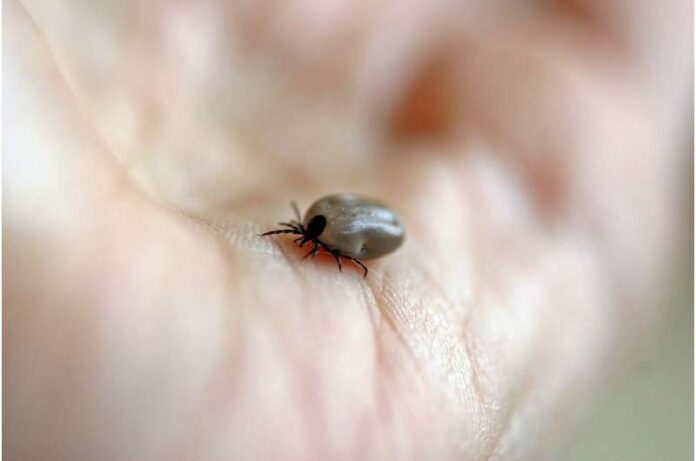Host Adaptation’s Role in Driving Genetic Variation of Lyme Disease Bacteria: A New Study
In the realm of infectious diseases, Lyme disease stands as a prominent vector-transmitted ailment in the United States, annually affecting approximately 476,000 individuals. The primary culprit behind this widespread concern is the bacterium Borrelia burgdorferi (Bb), which finds its conduit of transmission through ticks, consequently infiltrating an extensive array of mammals and avian species.
A Profound Insight: Probing Genetic Diversity in Lyme Disease Pathogen
Delving into the intricate mechanisms that underlie genetic variations in Lyme disease-causing bacteria, Matthew Combs and his team have embarked on a pivotal study that significantly augments our understanding of this pervasive ailment. At the epicenter of their research lies the outer surface protein C (ospC) gene – a quintessential virulence factor crucial for the pathogen’s survival within ticks and its nascent stages of infection in vertebrates. Published in the esteemed journal PNAS Nexus, their meticulous analysis unfolds a panorama of insights.
Navigating the Genetic Labyrinth: Methodology and Scope
The research methodology hinged on the utilization of a cutting-edge, long-read high-throughput technique. This technique facilitated the comprehensive sequencing of a highly polymorphic locus within the bacterial genome. The subjects under scrutiny encompassed a diverse cohort of 553 white-footed mice and 92 passerine birds, spanning across 11 distinct species. Additionally, the study encompassed 628 tick nymphs, altogether forming an exhaustive representation of the ecological network. These specimens were meticulously collected from the environs of Block Island, RI, during the period spanning 2013 to 2020.
The Unveiling: Genetic Landscape and Host-Dependent Variation
The outcomes of the study unveiled a staggering diversity of genotypes residing within the Borrelia burgdorferi population. Interestingly, despite the passage of time, the prevalence of specific variants did not undergo notable fluctuations. This deviates from the anticipated trajectory if variation were to be primarily driven by negative frequency-dependent selection. Instead, a compelling correlation emerged between distinct genotypes and their respective host species. This revelation underscores the notion that ospC gene variations follow a host-dependent pattern, intricately linked with robust immunological connections.
Nurturing the Hypothesis: Multiple Niche Polymorphism and Host Adaptation
The study propounds the intriguing concept of multiple niche polymorphism, a hypothesis that gains substantial validation through this exploration. By scrutinizing genotypes acclimated to mice, it becomes evident that these adaptations possess a heightened propensity for persistence within the same host species. This proclivity highlights the notion that pathogens intricately adapt to their host organisms at the level of genetic variants. As a corollary, a recalibrated definition of ‘host competence’ gains pertinence, necessitating an assimilation of pathogen diversity into its framework.
Implications and Future Trajectories
The ramifications of this comprehensive analysis are profound, stretching across diverse facets of disease biology and host-pathogen dynamics. The revelations beckon the scientific community to usher in a paradigm shift in comprehending the multifaceted interplay between pathogens and their living hosts. The implications cascade into the realms of disease management, transmission dynamics, and potential avenues for targeted interventions. As we continue to unravel the intricate tapestry of host-pathogen interactions, the impetus to augment our understanding remains paramount.
Beyond Conclusions: Paving the Path for Future Explorations
The study by Matthew Combs and collaborators transcends the realms of conventional inquiry, illuminating uncharted territories within the context of Lyme disease-causing bacteria. As the torchbearers of scientific curiosity, they have not only elucidated genetic variations but also invigorated a vibrant dialogue within the scientific community. The insights garnered from this research serve as a testament to the power of interdisciplinary collaborations, reshaping our comprehension of the biological intricacies that underpin infectious diseases.








[…] Host Adaptation’s Role in Driving Genetic Variation of Lyme Disease Bacteria: A New Study […]